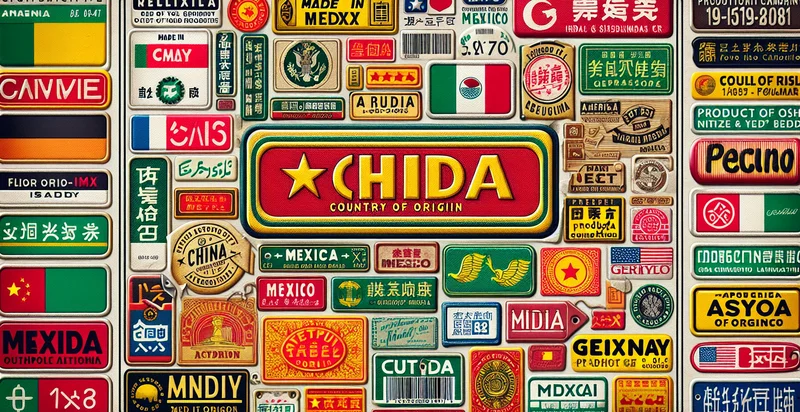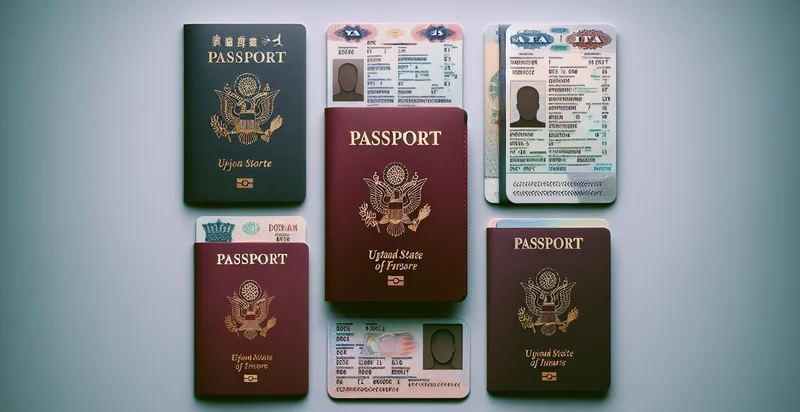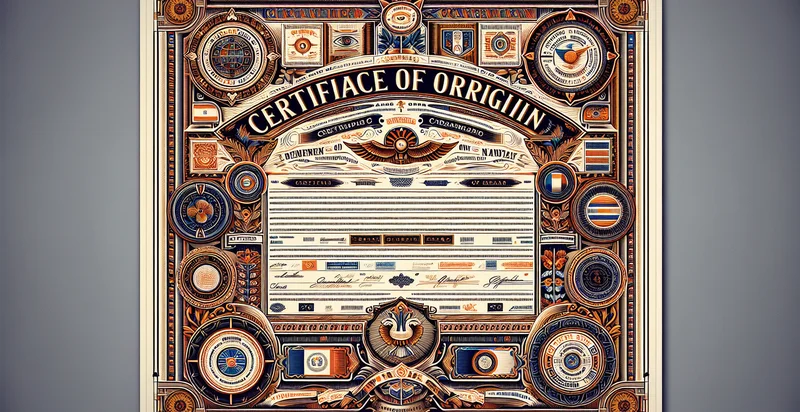Identify country of origin labels
using AI
Below is a free classifier to identify country of origin labels. Just input your text, and our AI will predict the country of origin for the given product - in just seconds.

Contact us for API access
Or, use Nyckel to build highly-accurate custom classifiers in just minutes. No PhD required.
Get started
import nyckel
credentials = nyckel.Credentials("YOUR_CLIENT_ID", "YOUR_CLIENT_SECRET")
nyckel.invoke("country-of-origin-labels", "your_text_here", credentials)
fetch('https://www.nyckel.com/v1/functions/country-of-origin-labels/invoke', {
method: 'POST',
headers: {
'Authorization': 'Bearer ' + 'YOUR_BEARER_TOKEN',
'Content-Type': 'application/json',
},
body: JSON.stringify(
{"data": "your_text_here"}
)
})
.then(response => response.json())
.then(data => console.log(data));
curl -X POST \
-H "Content-Type: application/json" \
-H "Authorization: Bearer YOUR_BEARER_TOKEN" \
-d '{"data": "your_text_here"}' \
https://www.nyckel.com/v1/functions/country-of-origin-labels/invoke
How this classifier works
To start, input the text that you'd like analyzed. Our AI tool will then predict the country of origin for the given product.
This pretrained text model uses a Nyckel-created dataset and has 44 labels, including Argentina, Australia, Austria, Belgium, Brazil, Canada, China, Colombia, Czech Republic and Denmark.
We'll also show a confidence score (the higher the number, the more confident the AI model is around the country of origin for the given product).
Whether you're just curious or building country of origin labels detection into your application, we hope our classifier proves helpful.
Related Classifiers
Need to identify country of origin labels at scale?
Get API or Zapier access to this classifier for free. It's perfect for:
- Supply Chain Transparency: This function can help businesses identify the country of origin for products in their supply chain. By ensuring compliance with regulations and enhancing transparency, companies can bolster consumer trust and make informed sourcing decisions.
- E-commerce Product Listings: E-commerce platforms can use this categorization to automatically tag products with their respective country of origin. This enables consumers to filter products based on origin, allowing for informed purchasing decisions that align with their values, such as supporting local economies or selecting eco-friendly options.
- Market Research and Analytics: Businesses can analyze trends in consumer preferences concerning products from specific countries. This function aids in identifying shifts in demand for certain regions, informing marketing strategies, and optimizing inventory based on geographic demand.
- Import/Export Compliance: Companies engaged in international trade can utilize this classification to ensure compliance with customs regulations relating to the country of origin. Accurate classification helps avoid penalties and expedites the import/export processes, facilitating smoother international transactions.
- Brand Reputation Management: Organizations can leverage the identifier to monitor how products' country of origin impacts brand perception and consumer sentiment. This is important for managing reputation, especially in industries sensitive to sourcing practices, such as food and apparel.
- Sustainable Sourcing Initiatives: Businesses aiming for sustainability can identify and classify products based on their origin to support sustainable sourcing. This helps companies to align their procurement practices with social responsibility goals and meet consumer demand for ethically sourced products.
- Customized Marketing Campaigns: Companies can use country of origin labels to tailor marketing strategies based on regional preferences. By understanding consumer attitudes toward products from different regions, businesses can create targeted campaigns that resonate with specific audiences and maximize engagement.


